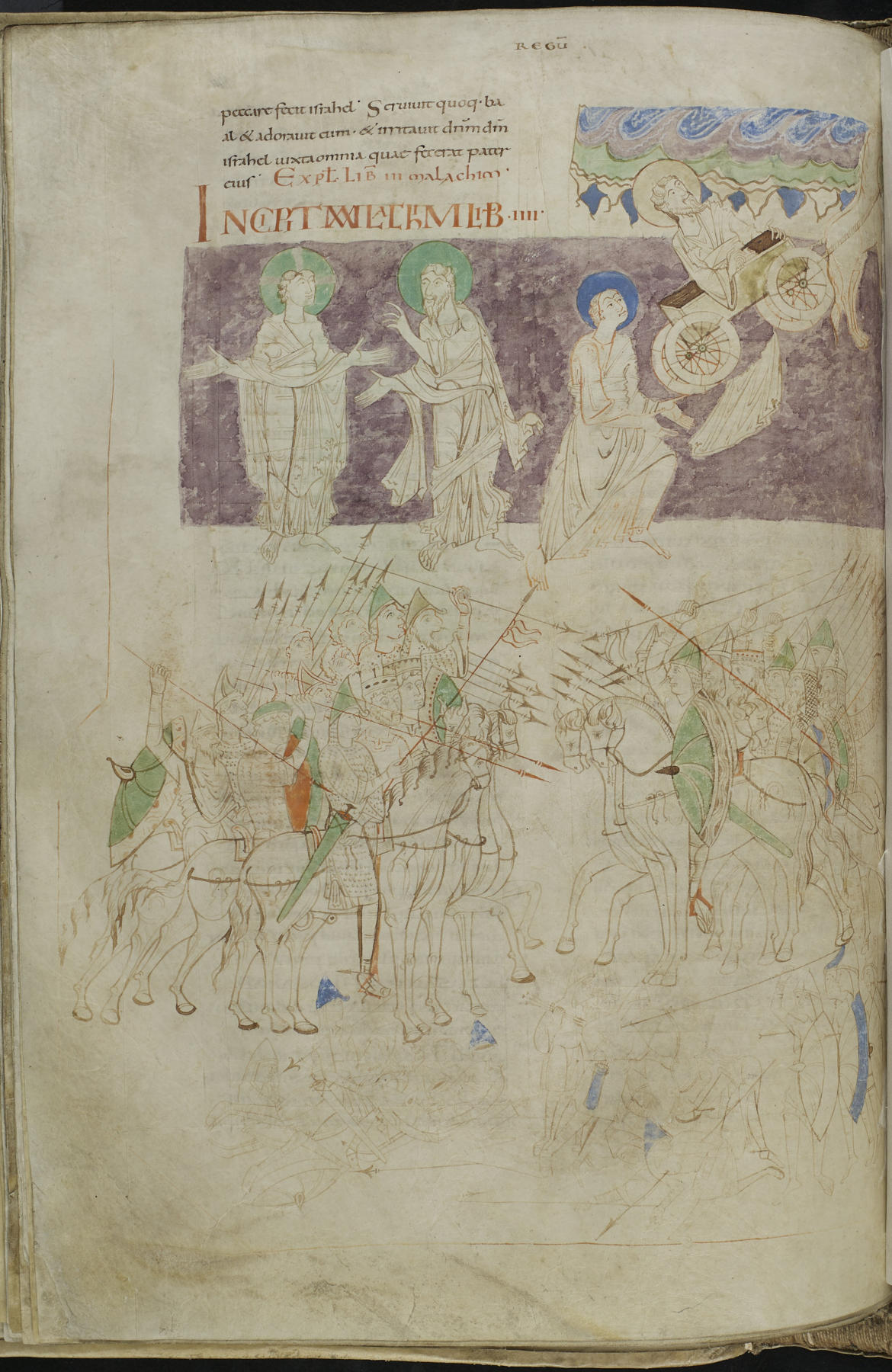Manuscrit
Référence: Arras, BM, 0435 (0559), vol. 1
Appellation: Grande Bible de Saint-Vaast
Codicologie: codex ; parchemin ; 185 ff.; 495 mm x 365 mm
Titre: Bible
Langue: latin
Nomenclature: Bible
Origine: France du nord (Arras, abbaye Saint-Vaast)
Datation: 11e s. (deuxième quart)
Typologie du décor: iconographie, ornement
Notes décor: Additions faites dans les années 1060-1080.
Possesseur: Arras, abbaye Saint-Vaast (destinataire)
Notes: "Genèse-Chroniques".
Source: Initiale
|
|
Manuscript
Reference: Arras, BM, 0435 (0559), vol. 1
Name: Great Bible of Saint-Vaast
Codicology: codex; parchment; 185 ff .; 495 mm x 365 mm
Title: Bible
Language: latin
Nomenclature: Bible
Origin: Northern France (Arras, Saint-Vaast abbey)
Dating: 11th c. (second quarter)
Type of decor: iconography, ornament
Decor notes: Additions made in the years 1060-1080.
Owner: Arras, Saint-Vaast abbey (recipient)
Notes: "Genesis to Chronicles".
|


